Basore School (1840 - 1944)
Introduction
Text-to-speech Audio
THIS IS A COMMERCIAL PROPERTY. EXERCISE CAUTION AS YOU OBSERVE FROM THE ROAD.
The Basore School was named after the Basore family, early settlers to the area. It was one of several schools built in this cove between the mountains. The original school built in 1840 was some half mile further up the cove and looked like a log cabin. By 1907 a new building was constructed and classes were offered to children in the area. This school provides insight into the lives of those who taught and learned in these buildings.
By 1922 there were 48 students enrolled and a second room was added to accommodate them. These students had classes ranging from math and history to reading and geography. By 1944, there was a downturn in attendance at the school in the cove and it was closed. Much change had occurred both with the school, its pupils, and education spanning the 100 years it was open.
This is a Mountain Heritage Trails project made possible through the support of the Hardy County Convention & Visitors Bureau, the Appalachian Forest National Heritage Area AmeriCorps program, and the West Virginia University Fulcrum Project.
Heritage Trail Project Coordinator: Shefa Nola Benoit
Researchers: Nathaniel Bauder & Shefa Nola Benoit
Images
Basore School (2022)
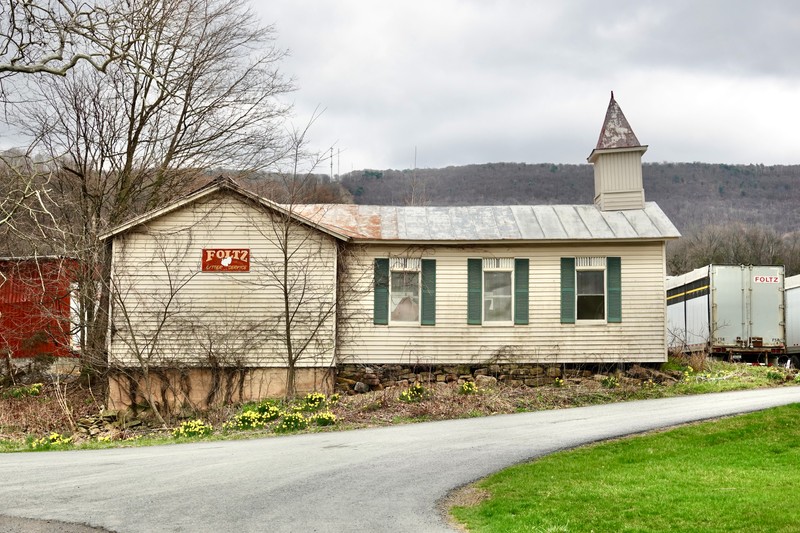
Basore School 2022
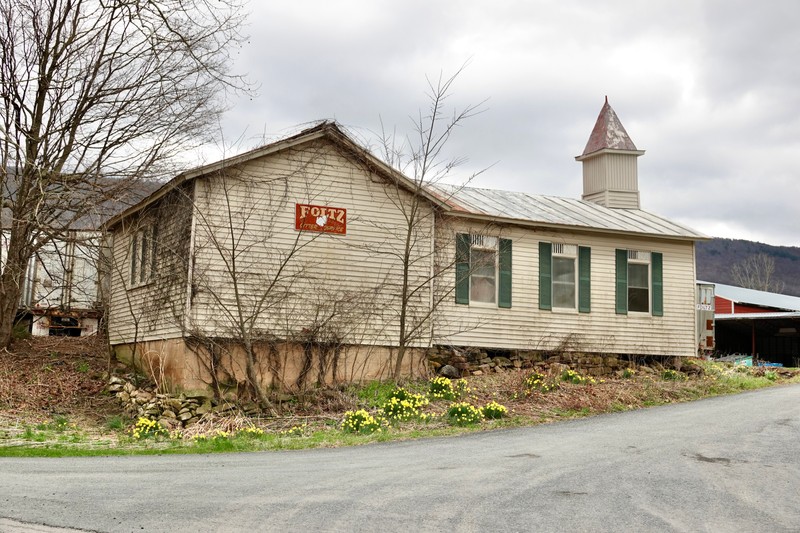
Basore School 2022
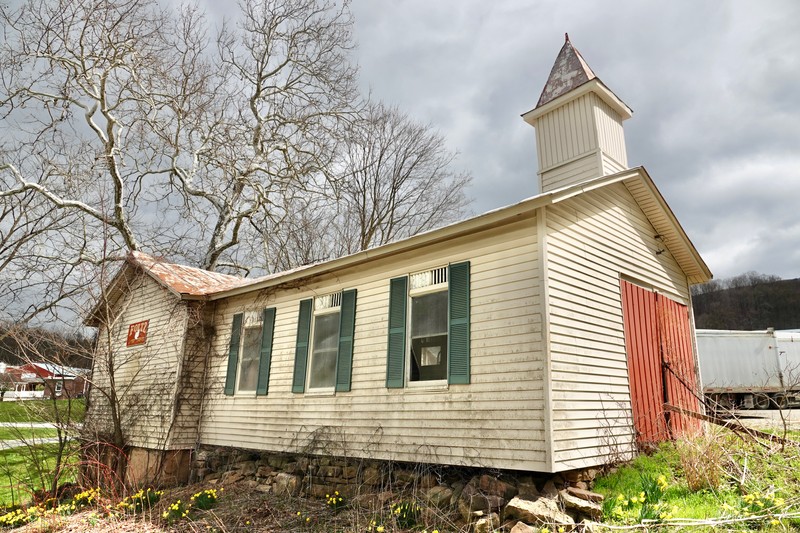
Basore School 2022
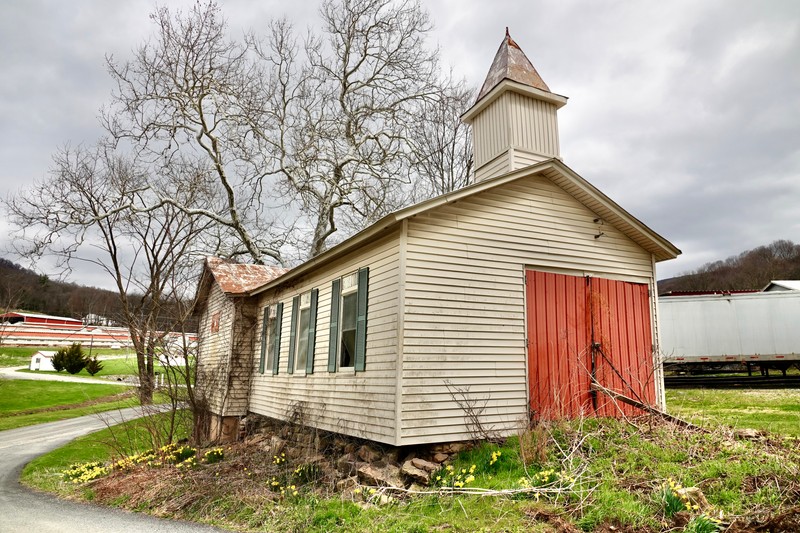
Basore School
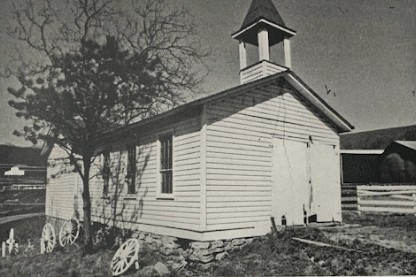
Basore School
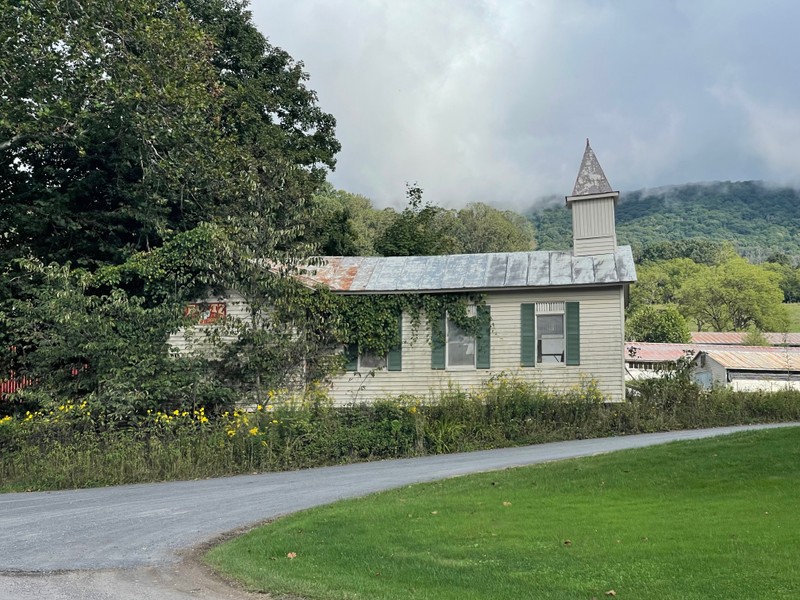
Basore School
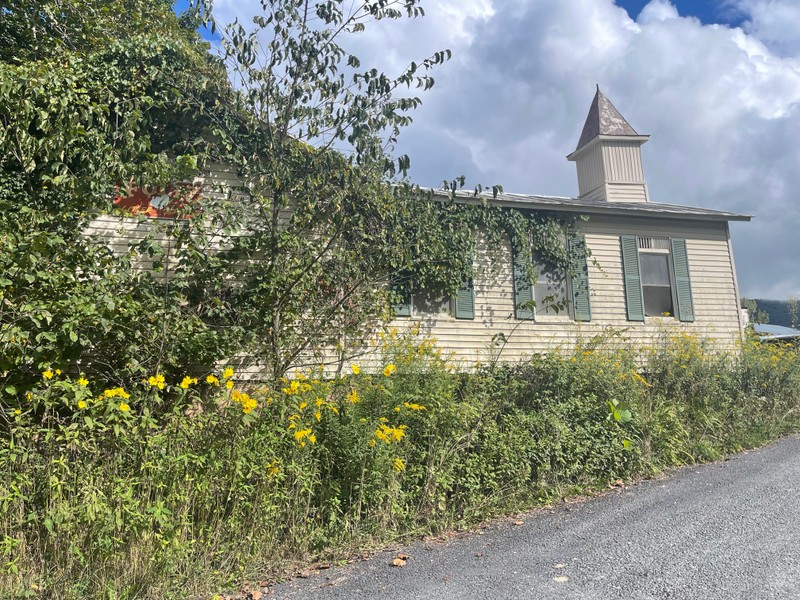
Basore School
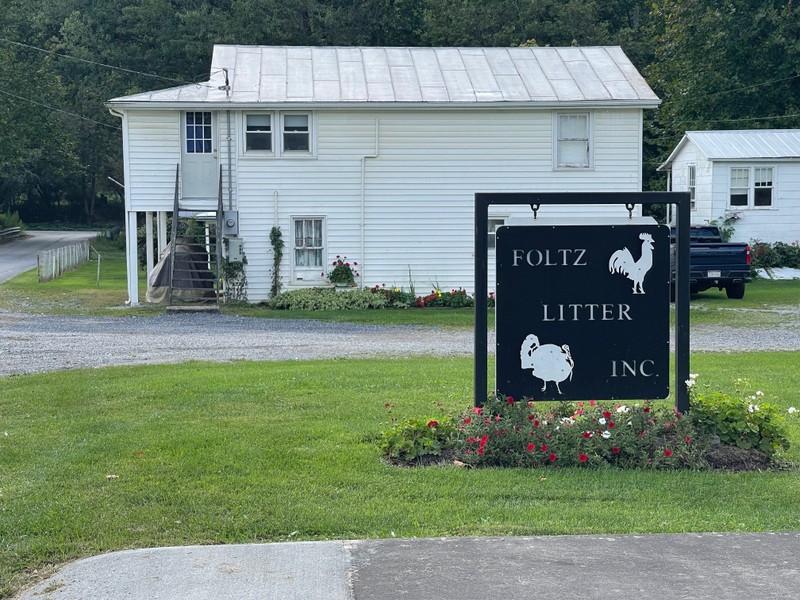
Basore School
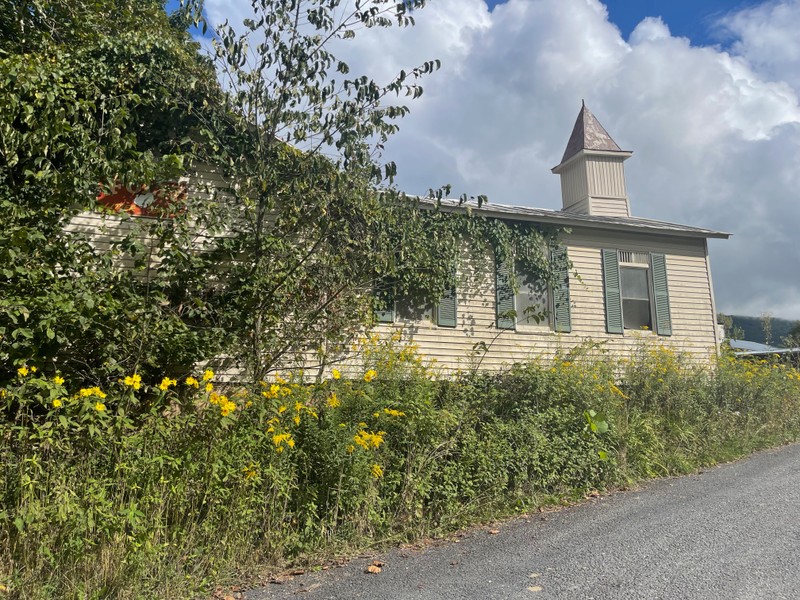
Basore School
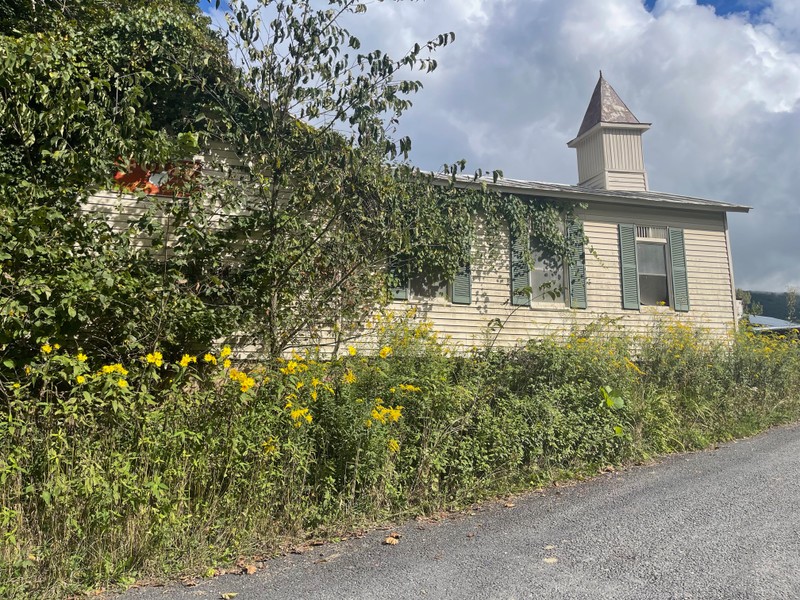
Backstory and Context
Text-to-speech Audio
Education during the late 19th century through the mid 20th century was different in many ways than we know it today. Students were taught in a one room schoolhouse with one instructor teaching several if not all grade levels. Years of schooling varied from teacher to teacher and years of schooling varied from school to school depending on what was offered at the school nearest to one’s home. Extracurricular activities were also not nearly as abundant as they are today and the resources a school could provide were much fewer. Educators like Brown May, Turner Foltz, Clint Halterman, Robert Sager, Mary Tracy Fansler, Minnie Jenkins, Daphna Mathias, Johnnie Moyers, Hattie Moyers, H.W. Snyder, R.C. Halterman, Virgil Mathias, Zella Sherman, and Minnie Heishman did the best they could with the knowledge they had and the resources available to them to meet the requirements of the education system during their time at the Basore School.
A lot of change has occurred in education from the opening of Basore school until now. A former student of Basore school, Turner Foltz, who eventually became a teacher at the school remembered stories from his mother who attended the school in the 1860’s. He remembered his mother telling him that “teachers weren’t very educated. Their education would be equal to an eighth grader or less now…one evening the school had a spelling class. The teacher pronounced the word thunder and said sunder. Evidently no one could spell it.”
Following the American Civil War and with West Virginia’s new statehood, new legislation set standards for education. To be a teacher now required certification and certification was awarded based on level of accomplishment and qualification. By 1881 the first criteria for graduation were implemented in Monongalia County. A new system for grading course work, establishing benchmarks, and grade levels spread to the state level by 1891. In 1897 as students continued to miss school and attendance began to drop a new act required parents to send their children to school or face fines. Teachers needed a way to stay on top of new curriculum and to prepare for this, a series of county workshops or “Teachers’ County Institute’s” were implemented. Through these workshops educators would go back to school as visiting professors from colleges and universities in the state guided them in professional development and curriculum writing.
By the time Turner Foltz attended the Basore School these new teacher requirements were in effect. Teachers now were required to attend “normal school” for education and take an exam to be qualified to teach. But this schooling was still different than we know today. Turner and his classmates would have lessons in reading, writing, arithmetic, geography, and history with each class lasting 10-15 minutes. Some non conventional schooling which took place included nature walks on the mountain identifying plants, collecting specimens, and bird watching. They would also have various extracurricular activities. “We had a debate club at Basore School…we had debates at different schools every two or four weeks. We had a lot of fun. We learned a lot in public speaking also. Some of the topics discussed were immigration, the Indians and the negro. The dish rag and the broom.” Other students participated in spelling bees and spent time outdoors on the playground or in various sporting games.
Turner Foltz would eventually teach at the school for 12 years before its closing in 1944. During this time he saw even more change to the education system. Textbooks became regulated by the state leading to more standardized curriculum. Even the length of the school year changed. When reminiscing about the earlier years of the school circa 1907 he recalled “the term of school then was five months. It must have been in the 1920’s the term increased two weeks each year until it increased to nine months.”
As times began to change, transportation became more accessible, Basore School attendance began to fluctuate. By 1944, Turner Foltz was serving on the County Board of Education and he worked to change the county schooling system and took part in the construction of three larger centralized schools across the county. That year, the Basore one-room schoolhouse became obsolete like many in the county. Basore pupils transferred to the newly built Mathias School and it closed after over 100 years of operation. Today the building is in use as storage for the Foltz Litter Service, but the buildings historic character as a schoolhouse is still intact.
Cite This Entry
Benoit, Shefa Nola. "Basore School (1840 - 1944)." Clio: Your Guide to History. August 10, 2023. Accessed April 2, 2025. https://theclio.com/entry/154790
Sources
Frye, James K. 1951. “The History of Education in Hardy County, West Virginia.” Dissertation. Marshall College. Pg. 20
Wetzel County Schools. “Wetzel County History / Chapter 5: Era of Transformation, 1880-1909.” Wetzel County History, 2022. https://www.wetzelcountyschools.com/Page/14376.
Whitson, Suzanne. Remembering Early Hardy County, WV Schools: The 1976 Bicentennial Project. Moorefield, West Virginia: Hardy County Board of Education, 1976.
Photograph Courtesy of Jennifer Thornton, PhD
Photograph Courtesy of Jennifer Thornton, PhD
Photograph Courtesy of Jennifer Thornton, PhD
Photograph Courtesy of Jennifer Thornton, PhD
Hardy County Board of Education Archives
Photograph Courtesy of Shefa Nola Benoit
Photograph Courtesy of Shefa Nola Benoit
Photograph Courtesy of Shefa Nola Benoit
Photograph Courtesy of Shefa Nola Benoit
Photograph Courtesy of Shefa Nola Benoit

